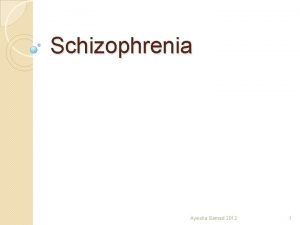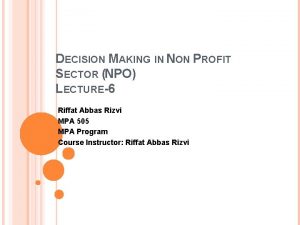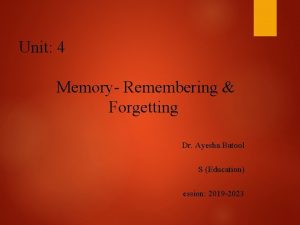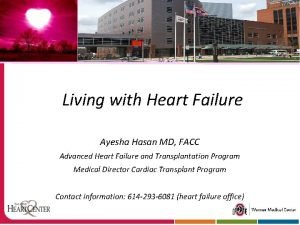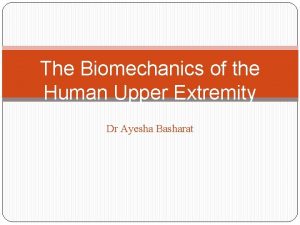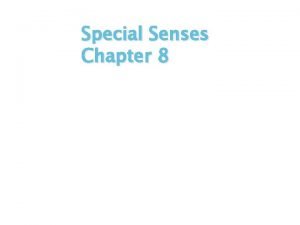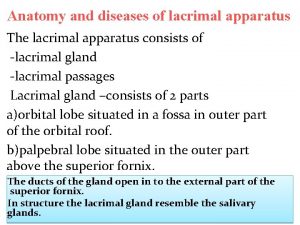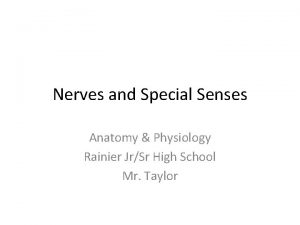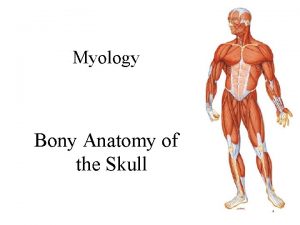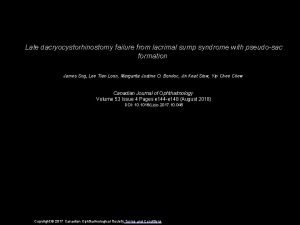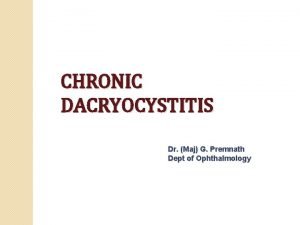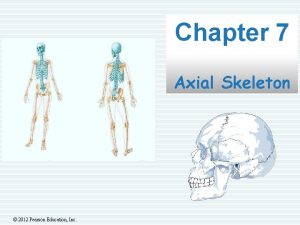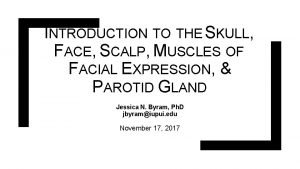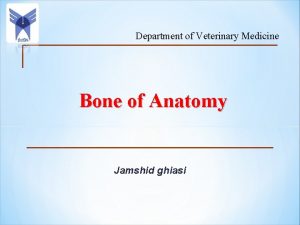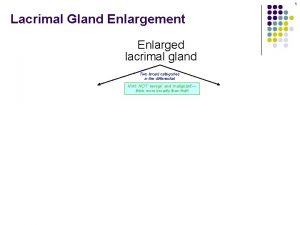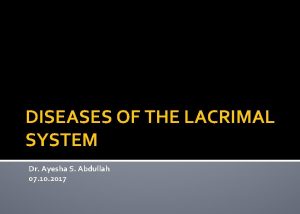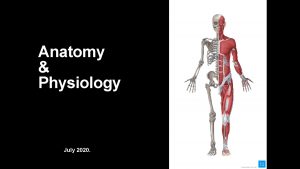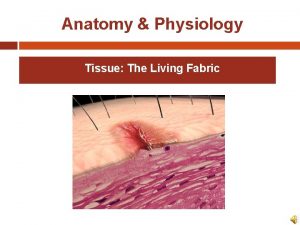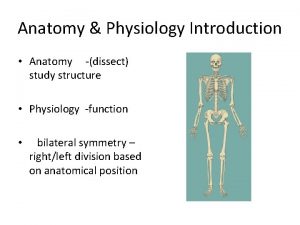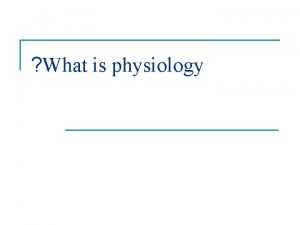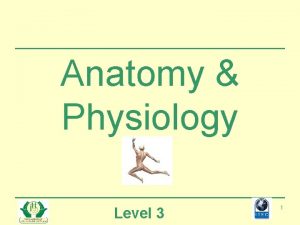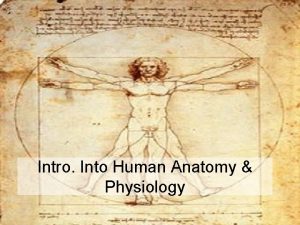Clinical Anatomy Physiology of the Lacrimal System Ayesha























- Slides: 23

Clinical Anatomy & Physiology of the Lacrimal System Ayesha S. Abdullah 2. 10. 2017

Learning Outcomes By the end of the session the students would be able to Correlate the structure of the lacrimal system with its functions. Identify the unique characteristics of ocular surface and the role of the trilaminar tear film in maintaining the health of the ocular surface. 2

Review A 10 year old child with history of itching and watering of the eyes in spring and summer each year for the last 4 years presented with the watering and itchy eyes with redness. Which of the following signs would be most helpful in making the diagnosis in this child? A. Arlt’s lines B. Cobble stone papillae C. Follicular reaction D. Papillary reaction E. Tranta’s dots 3

Lacrimal System Secretary part- Tear Production Excretory part – Tear Drainage � Meibomian Glands �Conjunctival Glands �Lacrimal Glands �Puncta �Cannaliculi �Lacrimal Sac �Naoslacrimal Duct (NLD) 4

5

Lacrimal Gland (LG) Where? Lacrimal Fossa of the roof of the orbit What is it? Serous type of gland How many parts? Orbital & Palpebral Which is the deeper one? What divides the LG into two parts? Aponeurosis of the LPS 6

Lacrimal Gland (LG) Developmentally derived from which layer? Ectoderm as buds that later canalize and develop into secretary acini and their ducts Lac. Sac and NLD develop as a cord between the nasal and the maxillary processes of the developing face The cord then canalizes. A process which completes at births or a little later. Delayed canalization of the NLD can present as congenital NLD obstruction 7

8

Lacrimal Gland Innervation Parasympathetic Sensory Superior salivary nucleus- Pons Facial Nerve G Petrosal nerve Pterygopalatine Ganglion (PPG) Zygomatic nerve Lacrimal nerve Superior Cervical ganglion Internal Carotid A Deep Petrosal N PPG Lacrimal N 9

Lacrimal Gland- Relations 10

Lacrimal Gland (LG) Blood Supply, Venous & Lymphatic drainage ? 11

Accessory Lacrimal Glands Same structure as main lacrimal gland Glands of Krause Glands of Wolfring 12

13

Lacrimal Drainage System 14

15

Physiology- Secretion � Tears- Biological thin film of fluid that covers the ocular surface � Secreted by multiple glands � Starts 3 -4 weeks after birth � Basal and Reflex secretion � Basal- Accessory Lac Glands � Reflex- Lacrimal Gland � Reflex tearing/ lacrimation � Afferent (Sensory lacrimal nerve) � Efferent (secretomotor- Parasympathetic) 16

17

18

Functions of each layer Outer lipid layer reduce the evaporation of the aqueous layer lower the surface tension of the tear film lubricate the eyelids Middle aqueous layer Supply O 2 to the avascular corneal epithelium Antibacterial function Wash away debris Inner mucin layer Lubrication Entangles FBs Converts hydrophobic into Hydrophilic surface 19

How the tear film breaks 20

Physiology - Tear Drainage Mostly form the lower punctum Gravity & Blinking facilitates spread and drainage Tear pump- Orbicularis Oculi Valves of Hasner and Rosenmullar prevent regurge of tears 21

22

Home Work Draw the innervation of lacrimal gland Submit to Mr. Asim, DHPE&R by 9 th October 2017 Questions to be answered in the next class Blood supply, veinous drainage and lymphatics drainage of the lacrimal gland What structures are included in the ocular surface 23
 Anatomy and physiology unit 7 cardiovascular system
Anatomy and physiology unit 7 cardiovascular system Respiratory system anatomy and physiology
Respiratory system anatomy and physiology Anterior surface of scapula
Anterior surface of scapula Ayesha samad
Ayesha samad Dr ayesha ghous pasha
Dr ayesha ghous pasha Dr ayesha batool
Dr ayesha batool Ayesha hasan md
Ayesha hasan md Dr ayesha anwar
Dr ayesha anwar Umer zeeshan ijaz
Umer zeeshan ijaz Boutonniere and swan neck deformity
Boutonniere and swan neck deformity Lacrimal fluid
Lacrimal fluid Chronic dacryocystitis
Chronic dacryocystitis Spinal cord
Spinal cord Floor of cranium
Floor of cranium Sump james
Sump james Chronic catarrhal dacryocystitis
Chronic catarrhal dacryocystitis Pearson
Pearson Axial skeleton
Axial skeleton Vertical
Vertical Foramen infraorbitalis
Foramen infraorbitalis استخوان lacrimal
استخوان lacrimal Physiology of lungs
Physiology of lungs Tattoo anatomy and physiology
Tattoo anatomy and physiology Anatomy science olympiad
Anatomy science olympiad



